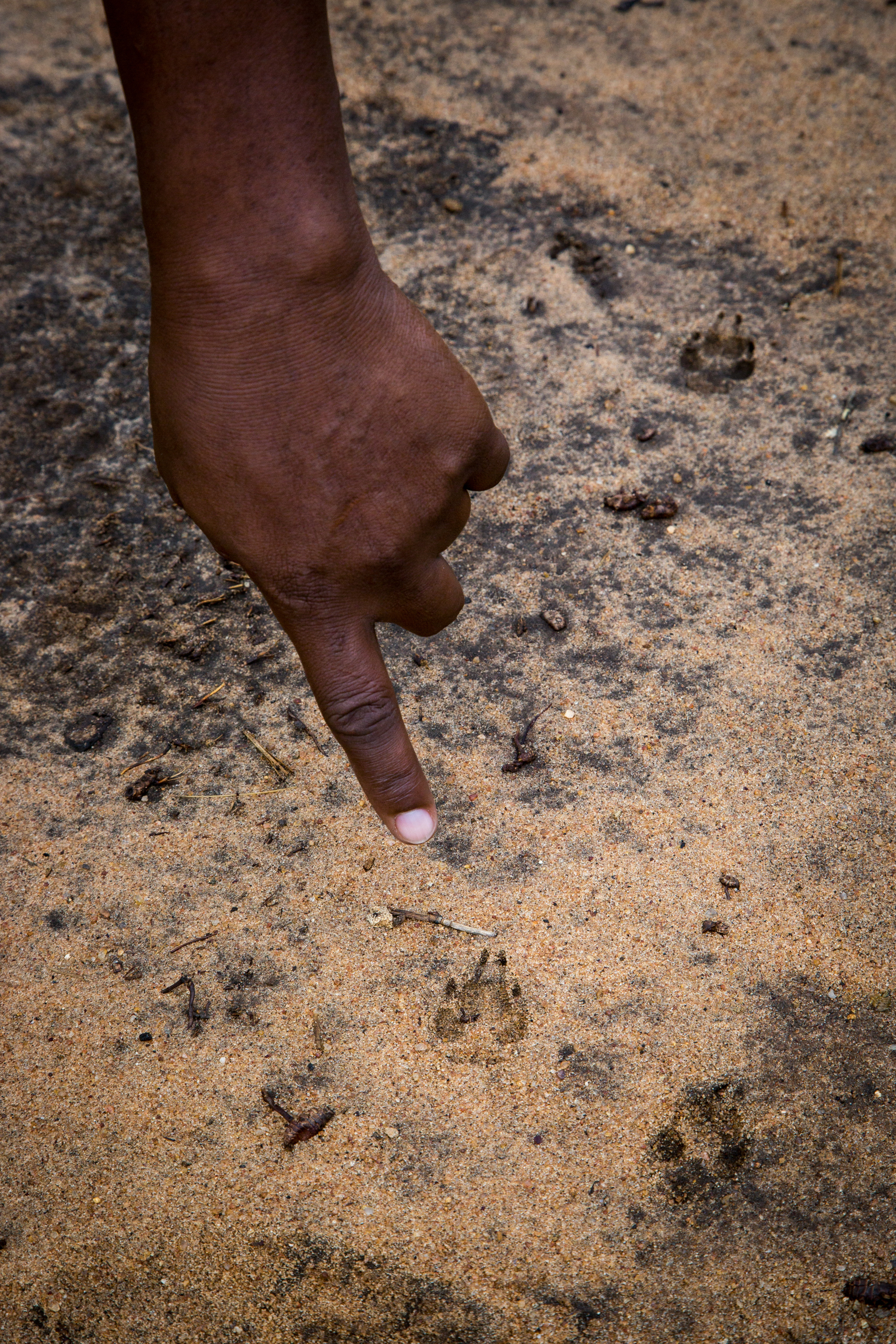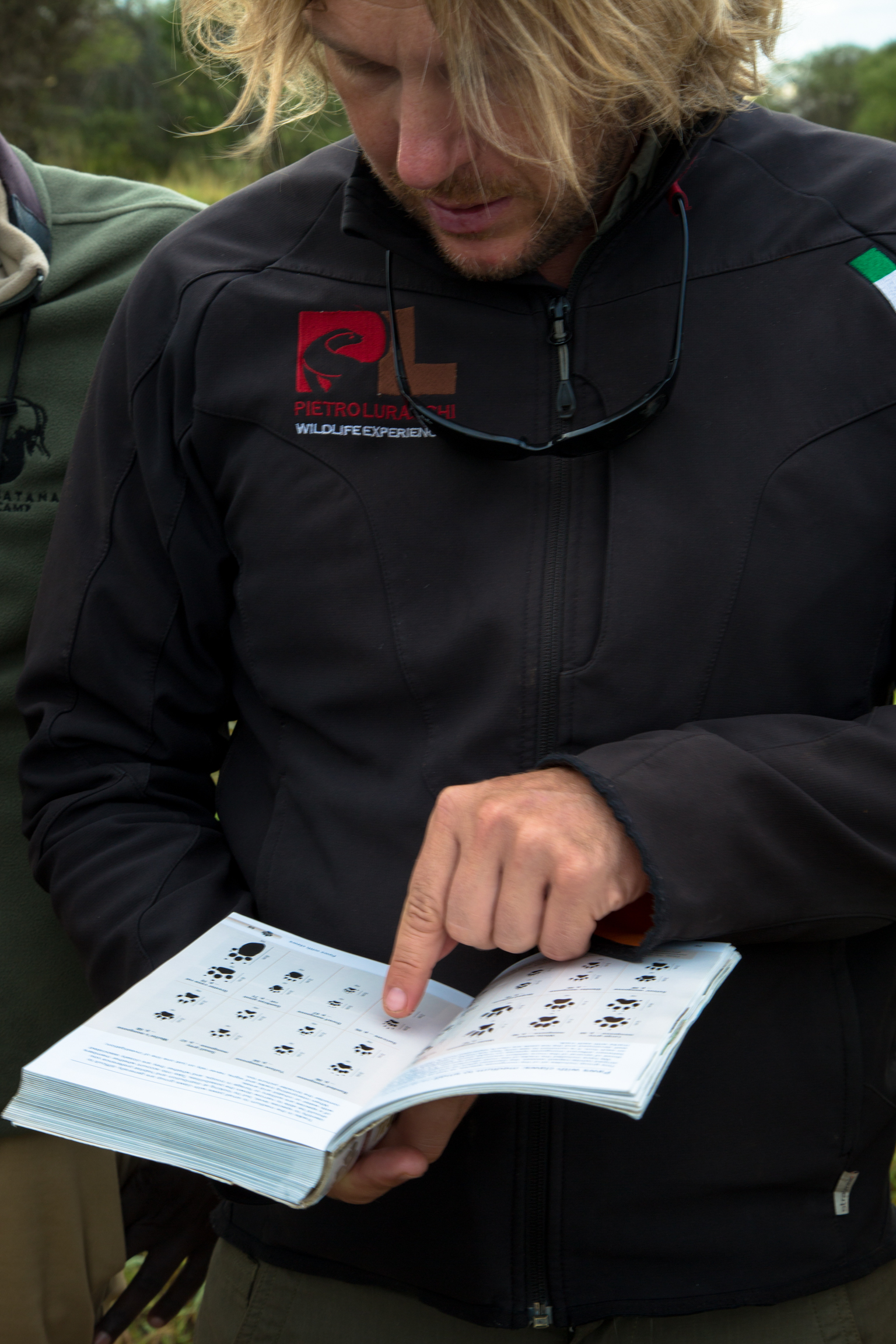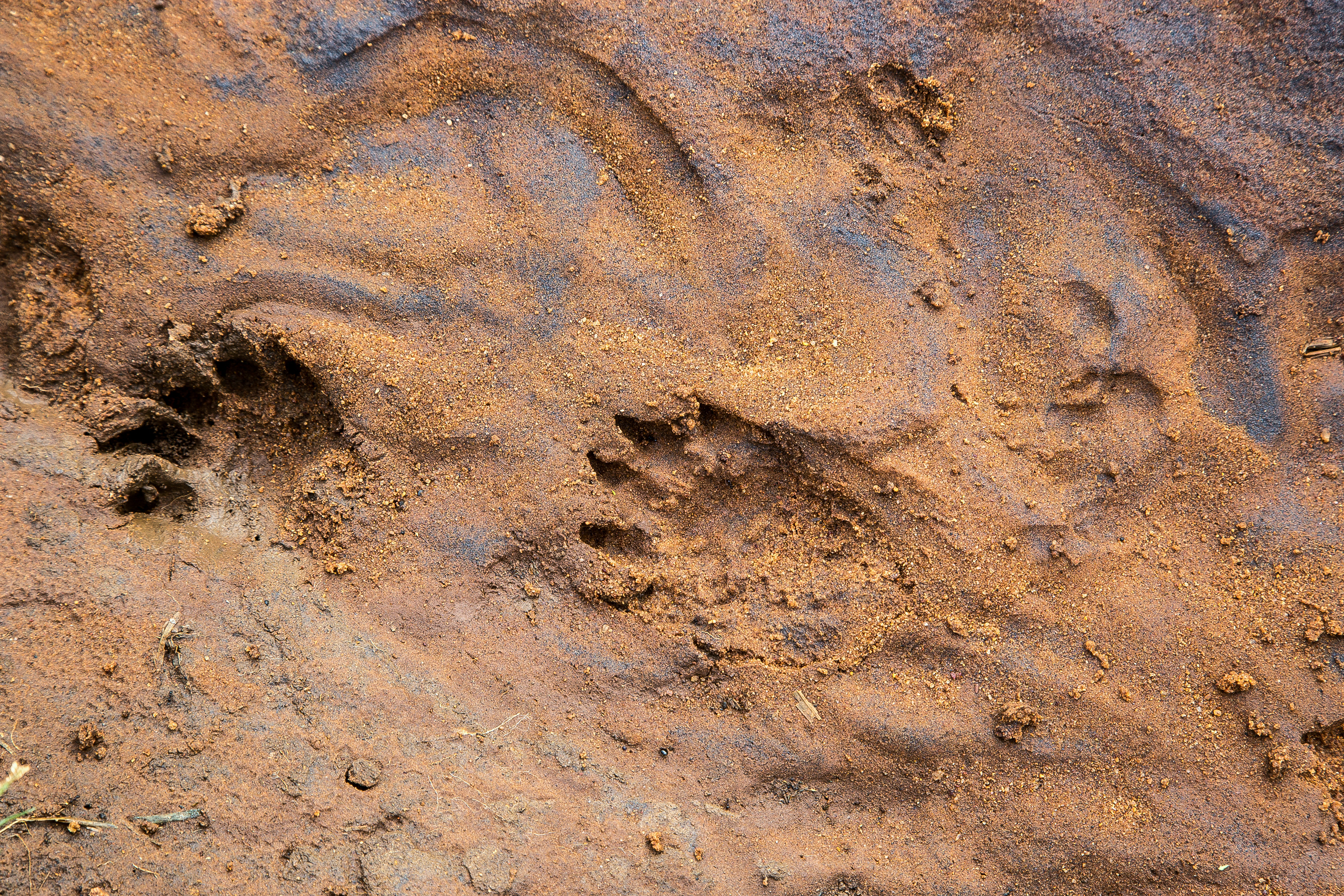Visual Comparison; Hoof and Paw Prints of the Great Migration
By Stuart Butler
Tanzania is home to somewhere between 310 and 364 different species of mammal, which is about twenty percent of all the mammal species found in Africa. These mammals range from tiny mice to giant lumbering elephants, (of which there are an estimated 43,000 remaining, which in itself is a drop of 60% since 2010) and teeth gnashing lions (some studies claim there are as many as 14,000 lions in Tanzania while others say the true figure is as low as a thousand).
Although little known outside of East Africa, Northern Tanzania’s Tarangire National Park is one of the best places in the continent to see significant numbers of these large mammals with elephants and buffalo in particular being well-represented. However, there’s a catch. This is a very seasonal park. A visitor arriving in the middle of the dry season (June-November) is likely to stand slack jawed in wonder as processions of elephants march past and lions slink through the shadows, but a visitor arriving in the wet season (Jan-May) will see a very different side to the park. With the abundance of water available across the greater Maasai steppe at this time and lots of highly nutritious grass sprouting the majority of the larger mammals migrate out of Tarangire. Of course, some large mammals do remain, but the long grass means that they can be very hard to see. This means that for someone visiting Tarangire in the wet season a little ingenuity, and a lot of tracking skills, are required if you want to locate the mammals.
I was based in Tarangire National Park for most of March and early-April 2016 where I was partaking in an Asilia Africa wildlife guide training camp. This year it had been even wetter than normal and mammal sightings were becoming increasingly infrequent. But that didn’t mean there were no animals present. One day I set off with a dozen guides on a refresher course to look for footprint clues left in the mud. Here’s what we found:
The impala is one of the staples of an East African safari. Indeed it can sometimes appear to be so numerous that after a day or so many a safari-goer makes the mistake of ignoring these beautiful antelope. Its footprint is quite distinct being shaped almost like an arrow head.
The bat eared fox might be one of the strangest creatures of the savannah. For a start its ears are massive. It looks like it borrowed some ear lobes off a baby elephant. But it’s not ears that make it strange but rather its mouth and diet. This small, nocturnal creature doesn’t eat chickens and other foxy favourites but insects! In order to much through hard shelled beetles it has up to fifty teeny, tiny teeth which gives it one of the toothiest smiles in the mammal kingdom.
Even for an expert tracker such as Pietro Luraschi, Asilia Africa’s head guide, some animal tracks are so similar to others (or can be so indistinct) that he has to refer to a field guide to make sure he gets it right. As he impresses on the other Asilia guides, ‘It’s better to tell a guest that you don’t know and will try and find out than to merely guess and be later proven wrong’.
When you see a set of dinner plate sized and shaped prints it can mean only one creature has sauntered past: elephants. These are the tracks of a fairly small elephant. Tarangire has about the densest elephant population in Tanzania and is arguably the single best park in East Africa which to see them.
The honey badger has a reputation that proceeds it. Yes at only about 60-70cm in length it’s small, but don’t let size fool you. Honey badgers have been known to drive young lions off a kill! This is one seriously tough, and aggressive, creature. Their skin is so thick and stretchy that many an animals tooth, claw or sting is unable to penetrate the badgers skin, which allows the feisty little monster to spin around and bite back at its attacker. They have a reputation for having a mutualistic relationship with the honeyguide bird. It’s said that the bird leads the badger to a bees nest and then the two share in on the feast. However, this has never been proven.
In this picture the guides ‘read’ the tracks to work out the story of the previous night in the bush. These are honey badger tracks. Using their long bush experience the guides were able to get a pretty good idea of what the badger had been doing and where it was heading.
With many mammals it’s often just the pads on the sole of the foot that leave a mark in the mud or sand. A lions prints though are very obvious as the feet (pictured) are so much bigger than most other cats. However, with some animals it can be harder to tell the difference between it and another closely related mammal. At such times it can often be rewarding to look at the distance between the toes and the heel. This picture was taken in the Serengeti.
A hippos footprint is perhaps the most impressive of all the mammals as it can often look for all the world exactly as you might imagine a dinosaur print to look. Most people naturally assume that hippo prints will only be found close to water, but not so because hippos will often travel many kilometres from lakes and rivers at night. There are no hippos in Tarangire and these prints were actually photographed in northern Botswana.
Want to join us and experience the magic of the Tarangire for yourself at our Oliver’s Camp & Little Oliver’s camps? Get in touch with your trusted travel agent or make an enquiry with us below.
The post Visual Comparison; Hoof and Paw Prints of the Great Migration appeared first on Asilia Africa.
More The Great Migration Articles

BBC One: Serengeti – Transporting You To East Africa
06 July 2019By Britta Foulis – Content Marketing Manager If you’ve had a chance to...

East Africa’s Ultimate Bucket List Adventures
23 May 2019By Anwynn Louw – Digital Marketing Assistant East Africa is home to som...

Tanzania – One of the best countries in Africa to visit
28 October 2022An African safari is a definite must do, but very often guests ask, which is...

The Science Behind Africa’s Great Migration
14 June 2018Every year, millions of hooves drum against Africa’s plains, raising dust and...














